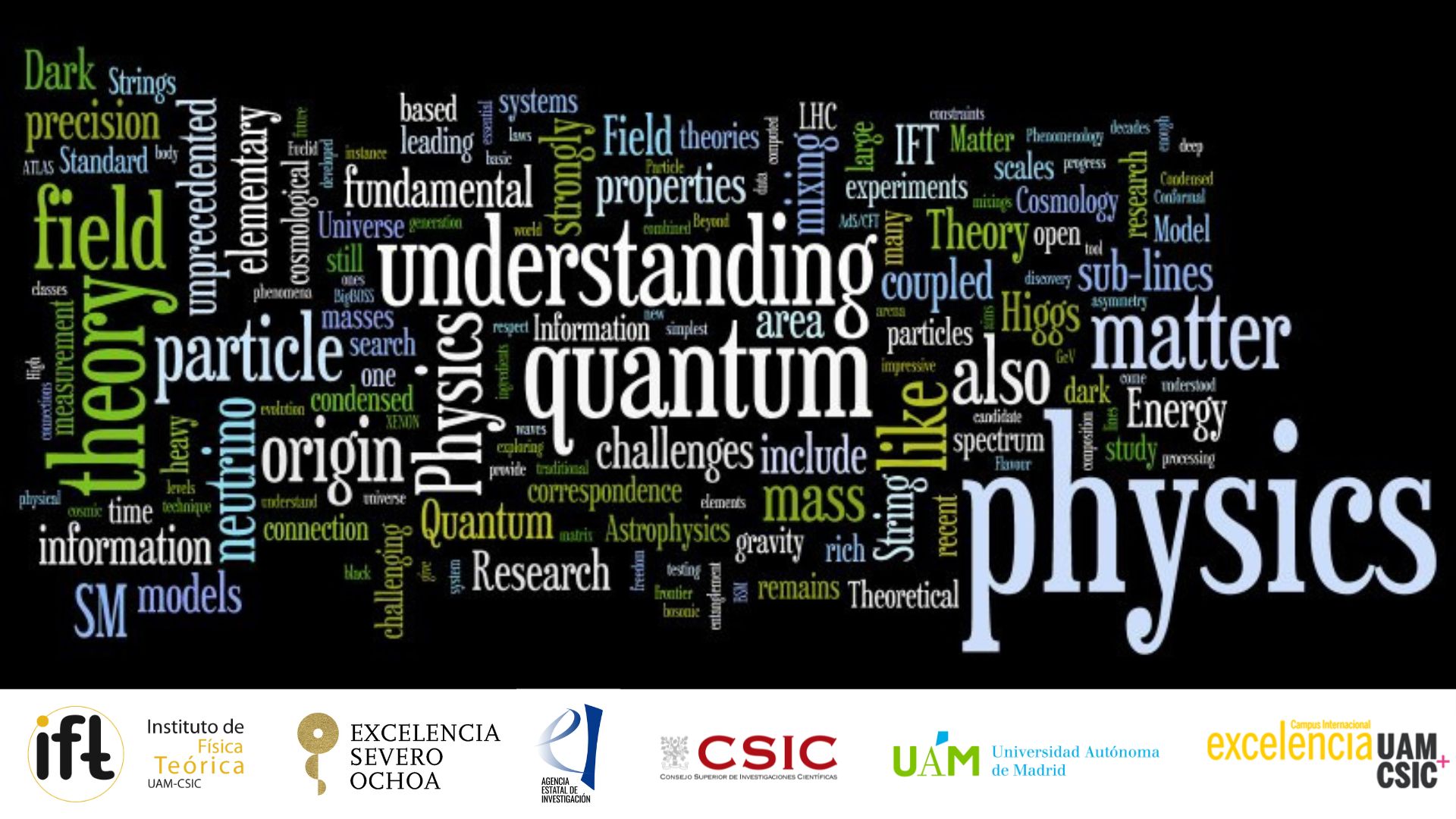Centro de Excelencia Severo Ochoa
Menu
Search

IFT Seminar Room/Red Room
High Tc cuprate strange metals are noted for a DC-resistivity that scales linearly with T from the onset of superconductivity to the crystal melting temperature, indicative of a Planckian dissipation life time. At the same time, the optical conductivity ceases to be of the Drude form at high temperatures, suggesting a change in dynamics tha surprisingly leaves the T-linear DC-resistivity unaffected. We use the AdS/CFT correspondence that describes strongly coupled, densely entangled states of matter, to study the DC and optical conductivities of the Gubser-Rocha holographic strange metal in 2+1D in the presence of a lattice potential, a prime candidate to compare with experiment. We find that the DC-resistivity is linear in T at low temperatures for a range of potential strengths and wavevectors, even as it transitions between different dissipative regimes. At weak lattice potential the optical conductivity evolves with temperature from a Drude form to a bad metal characterized by a mid-IR resonance without changing the DC transport, similar to that seen in cuprate strange metals. This mid-IR peak can be understood as a consequence of Umklapp hydrodynamics: i.e. hydrodynamic perturbations are Bloch modes in the presence of a lattice. At strong lattice potential an incoherent metal is realized where momentum conservation no longer plays a role in transport. In this regime, the continuing linear-in-T DC resistivity saturates to an apparent universal slope, numerically equal to a Planckian rate.
Social media